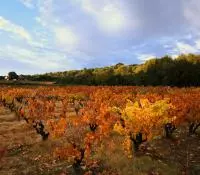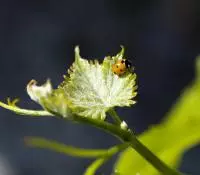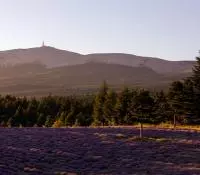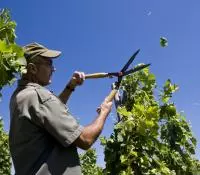- Protect biodiversity
The Côtes du Rhône’s Environmental Landscape Charter
The Landscape Charter is part of a comprehensive approach aimed at further developing the natural and built heritage.
It is a set of best practices based on the winegrowers’ voluntary commitment to improving the way they work their vineyards through the use of sustainable growing practices. Maintenance of the typical structure of a vineyard with headlands around the plots, flower-covered fallow land, hedgerows maintained or planted with oaks, jujube trees, almond trees and other native species. The Charter’s purpose is to encourage the preservation and development of biodiversity.

Contents
So ensuring the landscape is preserved is beneficial to the environment?
More broadly, it involves improving the area around winery warehouses, restoring the traditional built heritage such as the vineyard cabanons or restanques (shelters) and low stone walls, thereby respecting and preserving the region’s identity. It also means preserving paths and tracks and maintaining the demand for land through the involvement of public and institutional players, planners and winemakers’ unions. The aim is not merely to beautify the landscape, but to preserve the integrity of a region.
It also means using equipment suited to the new practices such as wooden posts and more efficient vineyard equipment, as well as reducing inputs to prevent these from ending up in the soil and groundwater.
One example we like to mention is the plantation of rose bushes in the vineyard : not just because they are agreeable to the eye, but because they inform the winegrower of potential diseases and helps anticipate proper treatment, which is kinder to the environment.


